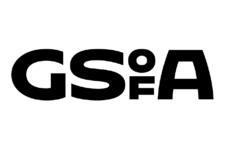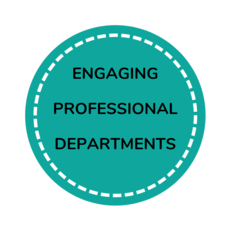Collaboration
The project is a collaboration between Glasgow School of Art, University of Glasgow, design students, with Glasgow City Council as clients. The project is cross institutional, involving staff and students, with a strong community engagement focus.
The Problem
Climate change data is often presented in dry, unengaging formats and is frequently more reporting than it is communications. Data can be confusing, cause anxiety and not offer practical solutions to tackling an issue such as climate change.
Innovative visualisations of carbon emissions are becoming more popular but these are often designed with the aim of presenting climate-change data in startling ways, which often don’t help us psychologically accept or deal with issues. Data can either be difficult to digest, or cause us more anxiety.
The Solution
Based on climate-psychology research which suggests modern anxiety about climate change is the main driver for inaction, design students were tasked with better communication of the City of Glasgow Council’s sustainability data in not only an effective, engaging, and visually appealing way, but also communicating the positive actions that can be taken to mitigate climate change.
Through a series of meetings we made connections and built trust between council officers, the FHEs, students and academics working on these issues. We engaged with a 3rd year group of communication designers, whose professional works to communicate through graphics and illustration. These students often go on to work in marketing, and we sought to use their methods as non-environmentalists, non-data specialists to visualise data in their own ways.
Around 20 Communication Design students were involved. They went through a series of presentations from us, and discussions with us on the issues. They opted for three-dimensional and more engaging media than typical posters communicating data on carbon emissions. These included three dimensional blocks telling the story of carbon and transport, a faux news report set in Glasgow in 2020, and a green advent calendar that gives you a green action for every day in December.
The campaign aims to tap into strategies of advertising agencies that frequently tap into values in order to sell more products. This collaborative communications strategy acknowledges anxiety felt over climate change, and attempts to build new social norms over actions that can be taken.
The campaign also aims to promote continued efforts on climate change, rather than short-term changes that have little impact. There are plans for the project to be expanded to other local authorities through 2018/19.
Lessons Learnt
When the project was initially commissioned, design students were given 10 pages of data. The project leaders realised that it would be more productive to give design students less information and more free-reign to design innovative ways to communicate the Council’s carbon data.
People learn and display knowledge in different ways: data gathers and scientists cannot adequately display and pass on their knowledge, but using the visual and processing skills of design students we were able to come up with visualised data that was informative, raised the issues, but also gave some solutions.
View the full Executive Summary in the Download section.
If you are looking to engage with your Marketing Department read the 'Engaging Professional Departments' Guides here. Or contact the EAUC-Scotland Team for further training, facilitated workshops or meetings.









 Except where otherwise stated, content on this site is
licensed under a Creative Commons Attribution 3.0 License.
Except where otherwise stated, content on this site is
licensed under a Creative Commons Attribution 3.0 License.
